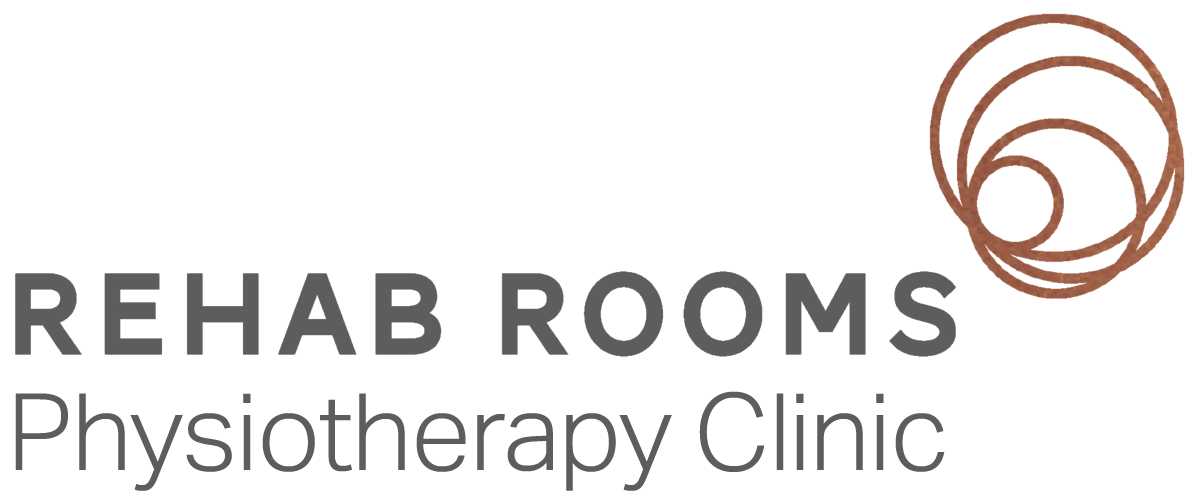Pain In Your Shoulder – What You Need To Know
By Kevin Quinn, Certified Athletic Therapist
One of Kevin’s areas of special interest is the shoulder, and he has put together some helpful tips for managing Rotator Cuff Related Shoulder Pain, a condition we commonly see in the clinic. In this blog post, Kevin will dive into the world of shoulder pain and how you can liberate yourself from its grasp during everyday tasks.
This is a question we are often asked – So let's figure out what is going on.
Every day, we perform simple tasks like brushing our hair, reaching for a glass, and driving a car without even thinking about it. However, some individuals who suffer from ‘Rotator Cuff Related Shoulder Pain’ may experience pain during these tasks.
What does it do?
The Rotator Cuff (RC) is made up of four muscles that surround the shoulder joint, providing both stability and facilitating movement to the joint. These four muscles allow the shoulder joint to move through the three planes of movement and as a result, make it the most mobile joint in the body. Prolonged and repetitive shoulder movements can lead to strain on the rotator cuff tendons. Consequently, this results in shoulder pain and a reduction in the range of motion at the shoulder joint.
What does the shoulder pain feel like?
The level of shoulder pain experienced tends to vary depending on the severity of the condition. However, the following symptoms are frequently experienced:
Pain with lifting the arm overhead or stretching out
Pain sleeping on the affected side
Pain with reaching behind the back
What causes this type of shoulder pain?
Repetitive activities: We see this regularly in patients following a busy weekend of gardening, painting, or DIY. The risk is also particularly evident in individuals engaged in sports like basketball and swimming, where overhead movements are common. Moreover, those whose occupations involve repetitive overhead motions, such as painters and carpenters, are also more susceptible to these shoulder-related problems.
Poor posture: Proper posture is helpful for maintaining healthy shoulder joints. As the tendons of the RC pass through a narrow space between the humerus and the acromion, any ‘hunching’ or ‘slouching’ may lead to increased contact between the tendons and the bony structures and may result in pain.
Weakness of the rotator cuff muscles: Weakness of the shoulder muscles and/or degenerations of the tendons appears to be the most common cause of this type of shoulder pain. Muscle weakness may lead to imbalances in the shoulder which, over time, may lead to alterations in the biomechanics of the shoulder joint when attempting to move the arm which may culminate in shoulder pain.
Tips for managing your shoulder pain
Load management: Effective load management is paramount for individuals engaged in overhead activities. By carefully managing the volume and intensity of training in certain sports and activities, it becomes possible to enable athletes to continue their activity without experiencing pain. This approach reduces excessive stress on the structures surrounding the shoulder joint, promoting optimal recovery. For instance, a swimmer accustomed to covering 2000m per day may temporarily reduce their distance to 1500m or 1000m, based on the severity of symptoms, before gradually increasing the load again once the symptoms subside. This careful management of load by the Physiotherapist/Athletic Therapist may help to ensure a safer path to pain free sports participation.
Rotator Cuff Strengthening: Research has demonstrated that incorporating targeted strengthening exercises for the shoulder muscles yields favorable outcomes for pain and range of motion in individuals suffering from shoulder pain (de-Queiroz et al., 2022)
Education: Postural education holds significant importance if the Physiotherapist/Athletic Therapist identifies poor posture has contributed to the patient's pain. Encouraging patients to maintain a proper posture, such as avoiding a forward head position and actively retracting their shoulders, can effectively reduce mechanical compression on the tendons around the shoulder joint. This approach may help to alleviate strain and facilitate proper shoulder biomechanics, ultimately promoting a healthier shoulder.
Remember, these tips serve as general guidance and may not be suitable for everyone. Everyone is different - they have different sports, different bodies and different shoulders! Kevin will assess your individual needs and develop personalized treatment plans to address your specific condition and goals.
References:de-Queiroz, Jeffeson Hildo Medeiros, et al. “Exercise for Rotator Cuff Tendinopathy.” Revista Brasileira de Medicina Do Trabalho, vol. 20, no. 03, 2022, pp. 498–504, cdn.publisher.gn1.link/rbmt.org.br/pdf/v20n3a20.pdf,
Meet Kevin
Kevin is a Certified Athletic Therapist (CAT) and a member of Athletic Rehabilitation Therapy Ireland. Kevin graduated with first-class honors following a four-year BSc degree in Athletic Therapy from Dublin City University.
As a therapist, Kevin specialises in the assessment, diagnosis, and rehabilitation of musculoskeletal-related injuries/conditions. This expertise covers day-to-day aches/pains, sporting injuries, and chronic conditions. Kevin has worked with a diverse range of individuals, including elite-level American footballers during his time in Pittsburgh, USA.
Kevin has a particular interest in treating shoulder and lower back-related injuries/pain. Due to the complex nature of the shoulder and lower back, he has a passion for not only treating the injury at hand but also understanding the root cause of each injury and customising rehabilitation plans that not only address immediate issues but also prevent future occurrences.
On behalf of our entire team, we wish to extend a warm welcome to Kevin. Kevin looks forward to supporting you in achieving your health goals together
